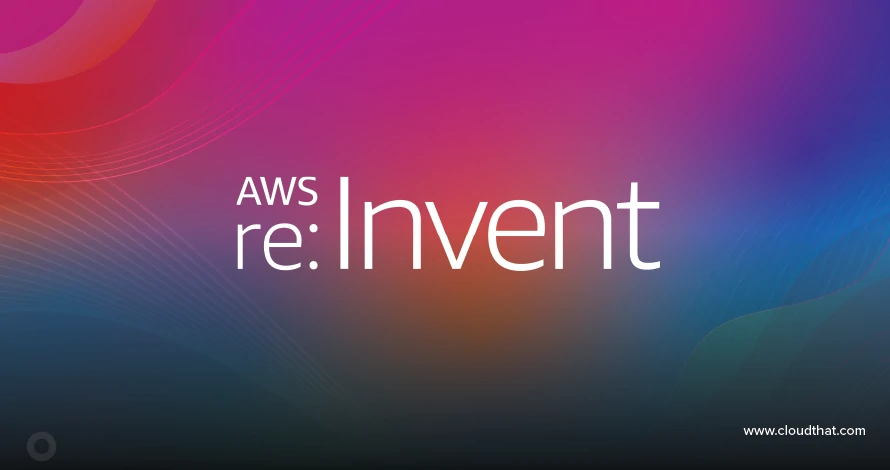|
Voiced by Amazon Polly |
Overview
Selecting the best database solution is essential in the ever-growing world of data-driven systems and applications since it greatly impacts efficiency, scalability, and performance. Relational and NoSQL databases are two popular varieties that have become competitive for handling large volumes of data. We will explore the topic of scalable data storage in this blog article, contrasting the benefits and drawbacks of NoSQL and relational databases.
Pioneers in Cloud Consulting & Migration Services
- Reduced infrastructural costs
- Accelerated application deployment
Understanding Relational Databases: The Foundation of Structured Data
Definition and Structure:
The conventional method for managing structured data has used relational databases frequently connected to SQL (Structured Query Language). They enforce a predetermined schema that describes the data’s structure by arranging the data into tables with rows and columns.
Key Characteristics:
Well-defined links between tables and data integrity are hallmarks of relational databases. Because of their ACID (Atomicity, Consistency, Isolation, Durability) characteristics, transactions are reliable and can be used in complex and interconnected data applications.
Scalability Challenges:
Relational databases are excellent at preserving data integrity but have trouble scaling horizontally. One popular method of scaling vertically is to increase the power of a single server; however, this strategy has drawbacks and can become expensive as data quantities increase.
Use Cases:
Relational databases are perfect for applications like financial systems, customer relationship management (CRM), and typical enterprise apps with well-defined data relationships.
Embracing NoSQL Databases: Unleashing the Power of Flexibility
Definition and Diversity:
As the name implies, NoSQL databases deviate from relational databases’ inflexible structures. These databases cover a broad spectrum of technologies, such as graph databases, document stores, column-family stores, and key-value stores. Each kind is designed to meet certain requirements for data retrieval and storage.
Key Characteristics:
NoSQL databases allow developers to deal with changing schemas while managing unstructured or semi-structured data. Because of their horizontal scalability, they can easily handle expanding datasets by dividing data among several servers or nodes.
Scalability Advantages:
NoSQL databases are ideal for situations where horizontal scaling is necessary. They can manage high volumes of concurrent read and write operations by spreading data among clusters. They are, therefore, a good fit for applications whose workloads are unexpected or change quickly.
Use Cases:
NoSQL databases are useful in dynamic settings like social media interaction apps, content management systems, and real-time analytics. They excel at managing massive amounts of data with diverse structures.
Comparing the Two: A Decision Matrix for Scalable Data Storage
- Data Structure:
- Relational Databases: Best suited for structured data with well-defined relationships.
- NoSQL Databases: Excel in handling unstructured or semi-structured data with flexible schemas.
- Scalability:
- Relational Databases: Vertical scaling is common but has limitations. Horizontal scaling is challenging and may require complex sharding strategies.
- NoSQL Databases: Designed for seamless horizontal scaling, making them ideal for distributed and dynamic environments.
- Query Language:
- Relational Databases: Utilize SQL for querying, providing a standardized and powerful interface.
- NoSQL Databases: Query languages vary among different types of NoSQL databases. Each type has its own set of operations tailored to its data model.
- Consistency and Transaction Support:
- Relational Databases: Enforce ACID properties, ensuring strong consistency and reliable transactions.
- NoSQL Databases: Offer eventual consistency in distributed environments, allowing for improved availability and fault tolerance.
- Ecosystem and Adoption:
- Relational Databases: Well-established and widely adopted with mature ecosystems, tools, and support.
- NoSQL Databases: Varied ecosystems depending on the type (e.g., MongoDB for document stores, Cassandra for wide-column stores), with growing popularity, particularly in web development and modern application architectures.
Conclusion
However, their difficulties with horizontal scalability might make it more difficult to handle the constantly expanding amounts of data in contemporary, dynamic systems.
However, NoSQL databases offer a paradigm change by putting horizontal scalability and flexibility first. They are perfect for situations where workloads change quickly since they can easily spread data across clusters. They also perform well in unstructured or often changing data environments. Although their final consistency model and varied query languages may introduce complexities, their advantages of scalability and adaptability often outweigh these advantages.
Ultimately, the choice should be based on a detailed comprehension of the project’s data characteristics, the need for scalability, and the application’s requirements. Relational and NoSQL databases will be essential in helping to address the many changing needs of scalable data storage in the ever-expanding world of data-driven applications as technology moves forward.
Drop a query if you have any questions regarding Relational or NoSQL database and we will get back to you quickly.
Making IT Networks Enterprise-ready – Cloud Management Services
- Accelerated cloud migration
- End-to-end view of the cloud environment
About CloudThat
CloudThat is an award-winning company and the first in India to offer cloud training and consulting services worldwide. As a Microsoft Solutions Partner, AWS Advanced Tier Training Partner, and Google Cloud Platform Partner, CloudThat has empowered over 850,000 professionals through 600+ cloud certifications winning global recognition for its training excellence including 20 MCT Trainers in Microsoft’s Global Top 100 and an impressive 12 awards in the last 8 years. CloudThat specializes in Cloud Migration, Data Platforms, DevOps, IoT, and cutting-edge technologies like Gen AI & AI/ML. It has delivered over 500 consulting projects for 250+ organizations in 30+ countries as it continues to empower professionals and enterprises to thrive in the digital-first world.
FAQs
1. What is the main difference between relational and NoSQL databases regarding data structure?
ANS: – Relational databases are designed for structured data with predefined schemas and relationships between tables, whereas NoSQL databases accommodate unstructured, semi-structured, or structured data with flexible schemas.
2. Which type of database is more scalable?
ANS: – NoSQL databases are generally more scalable, particularly horizontally. They can distribute data across multiple servers or nodes, making them well-suited for handling large volumes of data and diverse workloads.
3. What query languages are used for relational and NoSQL databases?
ANS: – Relational databases use SQL (Structured Query Language) for querying, providing a standardized interface. NoSQL databases have varied query languages depending on the type, tailored to their specific data models.

WRITTEN BY Sagar Malik
Sagar Malik works as a Research Associate - Tech consulting and holds a degree in Computer Science. He is interested in Machine Learning and its applications in the real world. He helps the client in better decision-making using data.


 Login
Login


 March 14, 2024
March 14, 2024 PREV
PREV










Comments